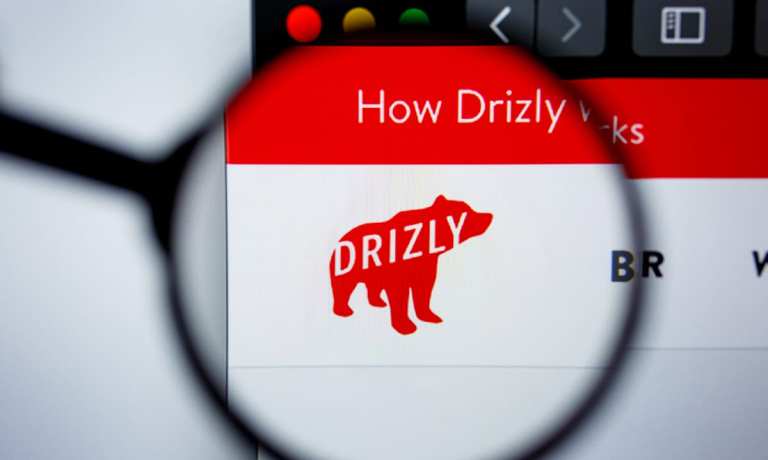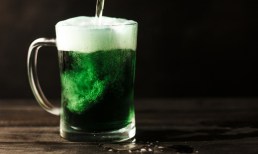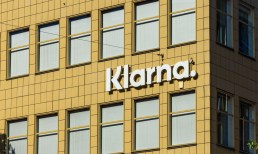Alcohol Delivery Goes Mainstream As Uber-Drizly Deal Begs ‘Who’s Next?’

Whether it’s people, food, prescriptions or booze, it’s clear that Uber is up for swiftly bringing almost anything you want to your door, as evidenced by its planned $1.1 billion acquisition of Drizly announced Tuesday (Feb. 2) — its third such vertical product expansion in a year after buying Postmates and partnering with NimbleRx.
What is also clear is that as more and more people order alcohol online and — often to their astonishment — have it delivered within an hour, alcohol delivery will become another normalized transaction that was once considered off limits.
Chances are, if consumers discover they like the experience, they’ll not only be back themselves, but they’ll also tell friends about it too, as demonstrated by the more than 300 percent growth in Drizly’s gross bookings over the past year in the 1,400 U.S. cities and 27 states where it currently delivers.
With a fleet of drivers estimated to be at least 2 million strong, Uber’s smooth technology and ability to deliver goods and clear the “final mile” hurdle is second to none. Add in the fact that the company’s reliance on transporting people continues to shrink, and its pivot to add alcohol to its portfolio makes all the more sense.
Who’s Next?
The Drizly tie-up is expected to take about a year to close, an integration process that will see Drizly operating as a stand-alone brand that gets integrated into the Uber Eats platform.
But with the market leader in on-demand delivery taking out the market leader in online alcohol delivery, it begs the questions, “Who’s next?” and “What will second-ranked Lyft do to counter it?”
According to Wine Industry Advisor, possible Lyft targets include ReserveBar, Minibar Delivery and Saucey, all of which compete in the same industry and lack the scale and clout of a ground army the likes of which only a rideshare company can provide.
Although alcohol consumption has been trending lower, retail sales of beer, wine and alcohol in the U.S. still amount to more than $240 billion a year, which means if Uber or other delivery agents can tap just 1 percent of that business, they would be capturing over $2.4 billion in merchandise.
Brands like Budweiser have already integrated delivery options into their websites for years and even gone as far as creating a stand-alone delivery app for Bud Light, which with the push of a button promises to bring from 1 to 100 cases of beer to your doorstep in under an hour.
Since many states allow grocery stores to sell beer and/or wine, services like Instacart are also a major player in delivering alcohol via partnerships with several major liquor store and supermarket chains.
The Legal Hurdles
Prior to gaining state approval to deliver alcohol, businesses like Drizly have to prove to regulators that they can verify customers are at least 21 years of age. In the case of Drizly, that involves a driver scanning the barcode on a customer’s ID or license with a phone-based app. The company makes secret to would-be age cheats that a missing or fake ID — and blocked delivery — will result in a $20 restocking fee.
Although Uber is keen to further its Move What Matters campaign to new ventures, one area that it is not pursuing is cannabis delivery, even though Drizly launched Lantern, its pot delivery service, last summer in select cities.
On that front, Uber told Reuters that Lantern is not part of the Drizly deal, and CEO Dara Khosrowshahi said in an interview with CNBC that the company is currently not actively interested in cannabis delivery, but he did not rule it out as a possibility down the road.
Read More On Uber:
- A New Kind of Uber: Taking a Spin in Waymo’s Self-Driving Car
- Uber and Waymo Launch Autonomous Vehicle Rides in Austin
- Bolt Technology Reportedly Exploring IPO for Ride-Hailing Operation
- Report: Rising Cost of Rideshare Services May Cause Lower Demand



